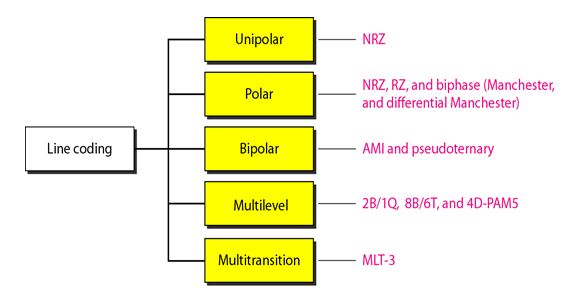Transmission Impairment
Signals travel through transmission media, which are not perfect. The imperfection causes signal impairment. This means that the signal at the beginning of the medium is not the same as the signal at the end of the medium. What is sent is not what is received.
The three different causes of impairment are attenuation, distortion, and noise.
Add a comment

